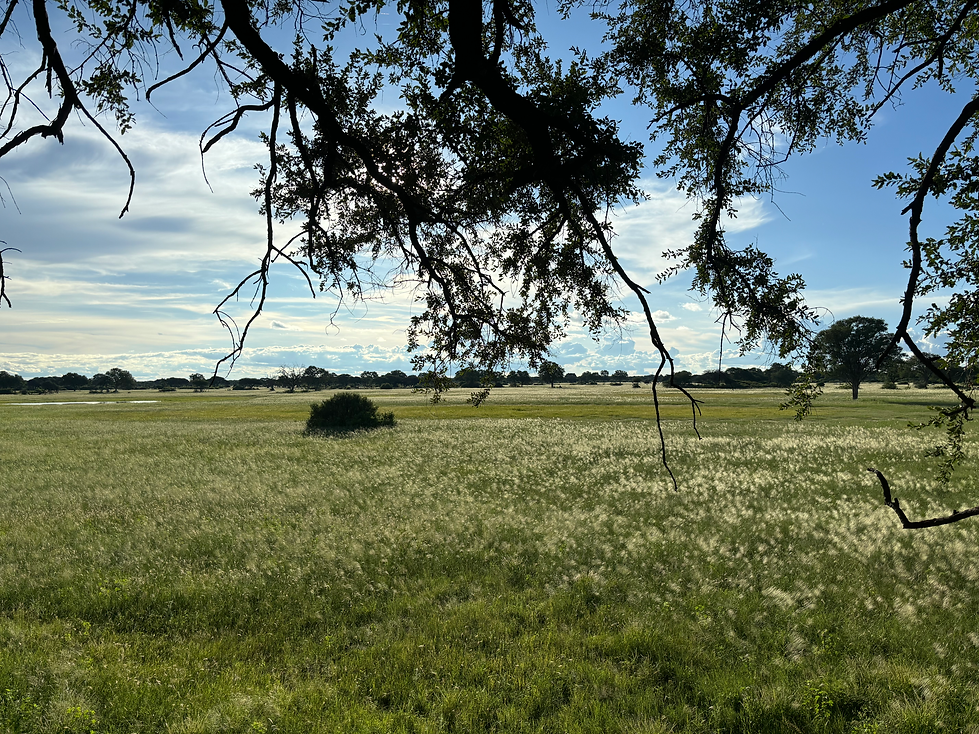


WHAT
WE DO
OUR PROJECTS:
We apply systems thinking in our approach to conservation, ensuring we have a holistic understanding of all parts of the ecosystem before implementing our integrated solutions. We understand that to be truly be effective in protecting and conserving these wild spaces and the wildlife that inhabit them, we must be cognizant of the challenges the communities that surround them face and apply equal focus to solving these issues.
FOUR PILLARS.
We take a proactive approach to conservation, gathering intelligence on emerging threats—such as poaching and illegal wildlife trade—so we can act before damage occurs. In partnership with local communities and conservation organisations, we implement early-warning systems to detect and prevent these threats.
Our rangers work closely with surrounding communities to build long-term resilience by promoting environmental education and supporting sustainable alternatives to harmful practices like charcoal production.
We also identify and work to secure critical wildlife corridors that are at risk of fragmentation, ensuring safe passage for animals and preserving ecological connectivity across the landscape.
We monitor and patrol key protected areas, using a combination of human intelligence and technology-driven tools to guide our strategies and identify priority zones for intervention.
We focus on safeguarding critical wildlife corridors—essential pathways that enable species movement, maintain ecosystem connectivity, and support genetic diversity across the landscape.
Through close collaboration with law enforcement agencies, we work to disrupt illegal activities, dismantle trafficking networks, and strengthen legal protections for Zimbabwe’s most threatened species.
Crucially, we also engage local communities as stewards of the land, promoting shared responsibility and enhancing long-term conservation outcomes through inclusive, community-led protection efforts.
Through our work, we conserve vital wildlife corridors that support the natural migration and movement of a wide range of species. We collaborate closely with local leaders and key stakeholders to protect endangered species and the habitats they rely on.
We champion collaborative conservation models that place communities at the heart of the effort providing training, capacity building, and economic opportunities that reinforce the value of protecting their natural heritage.
In addition, we work alongside dedicated research partners who monitor biodiversity trends through long-term data collection. This scientific insight enables us to apply adaptive management strategies, ensuring our conservation actions remain effective in a changing ecological landscape.
We build community networks and partnerships that promote shared conservation goals and mutual learning and we use storytelling, education, and outreach to connect people to nature and inspire stewardship.
Within our conservation community we foster cross-sector collaboration with government entities, other NGOs, and researchers to strengthen impact by sharing intelligence, data, and insights with to drive coordinated action and transparency.
Our vision is to facilitate the creation and maintenance of wildlife corridors that connect fragmented habitats across landscapes in the region.
TECHNOLOGY.

EARTH RANGER
EarthRanger is a product of Ai2, with a mission of building breakthrough AI to solve the world's biggest problems.
Developed in response to the Great Elephant Census, which revealed a stark decline in elephant population across the African Savanna due to poaching activity.
The dedicated conservation and technology team at EarthRanger worked with government officials, park managers, rangers and other NGO field personnel to deliver a tool that would meet their needs in protecting wildlife and advancing conservation knowledge.
SMART TOOLS
CWF Rangers are experienced in using SMART software while out on patrol. They record matters of interest (e.g. snares, carcasses, firearms discovered) which are saved with a GPS stamp. Once back at camp, this information is then downloaded onto a computer to add to a database. SMART also tracks the routes taken by the APUs.
The data is then analysed and integrated into our patrol plans and operations by the Field Operations Manager to ensure our patrols are as effective and efficient as possible.
Regular training to keep the rangers up to date with SMART is kindly facilitated by Panthera.
GPS TRACKING
We use GPS Tracking systems to analyse wildlife movement data over time, enabling us to identify patterns such as migration routes, preferred habitats of wildlife in the area, or frequently visited water points. These insights help predict potential poaching hotspots, allowing patrol teams to deploy resources more effectively.
We also use GPS tracking systems to monitor our ranger patrol movements and identify gaps ensuring full coverage of protected areas.









